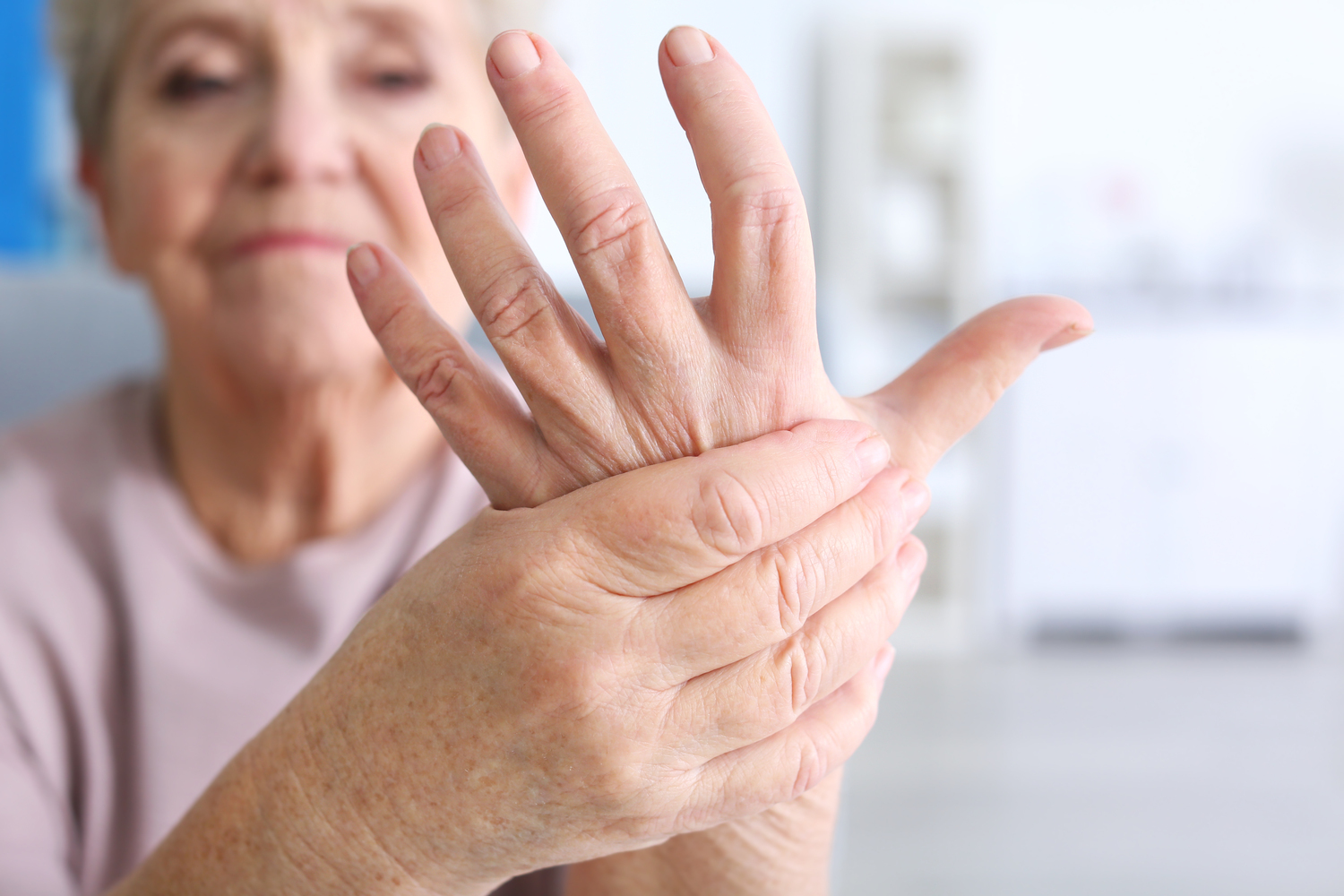
5 Symptoms of Parkinson’s Disease and Treatments
Parkinson’s disease is a disease that affects movement and motor skills. Unfortunately, it is an illness that may show itself very slowly. Being aware of its potential early symptoms may allow you or a loved one to receive treatment earlier. No cure for the disease exists, but there are plenty of treatments for making life much easier for those who are dealing with it. For instance, healthcare providers often recommend treatment options in medications such as gocorvi, rytary and carbo levodopa. An important part of disease management is early diagnosis and recognizing the early symptoms, such as:
1. Slower mobility
While moving a little more slowly is part of getting older, a sudden or significant drop off in mobility may warrant concern. Tasks that were once simple may become more strenuous. If your daily routine suddenly becomes a lot harder because of this symptom, a discussion with your doctor about Parkinson’s is warranted.
2. Decreased facial expression
One of the more tell-tale signs of Parkinson’s, this might be a symptom that is harder for a person with Parkinson’s to notice unless someone brings it up to them. This decreased expression can also affect speech, which might actually be more noticeable than the visual aspects of this symptom. This particular symptom can manifest to a varying degree, but definitely keep an eye on it for both yourself and anyone you are concerned may have Parkinson’s.
3. Tremors
This is the most well-known symptom of Parkinson’s Disease. When people have tremors, they will shake at unusual times. This shaking will usually happen in the arms, particularly the hands and fingers, or the legs. It is not uncommon for this to happen during resting times. These shakes are caused by a dopamine deficiency, so it is common to see in people with Parkinson’s.
4. Arms that don’t swing
While this is not a symptom often thought about when discussing Parkinson’s, it definitely manifests in some who have the disease. However, it is certainly something worth monitoring. A lack of swinging arms when walking in someone with Parkinson’s is one of the ways that motor skills can be impaired by the disease. Because of how naturally our arms swing while we walk, it tends to be a pretty noticeable symptom when it is exhibited by ourselves or others.
5. Muscle stiffness
This is a symptom of a number of different diseases and medical problems, but it is something that often presents in cases of Parkinson’s. Rigid and stiff muscles can occur anywhere in the body and will often make basic tasks difficult. Certain movements may become more of a strain, or even impossible, depending on the severity of the stiff muscles.
While there is no consensus as to what specifically causes Parkinson’s, both genetic and environmental factors are believed to play a part. While this disease often presents in the elderly, middle-age individuals are not immune. Around four percent of those diagnosed with the disease before they turn 50, so anyone who is demonstrating any of the below symptoms should check with their doctor about whether or not they may have Parkinson’s Disease. Of course, all of these symptoms can be indicative of other problems, so always check with a doctor if you are exhibiting any of them.


